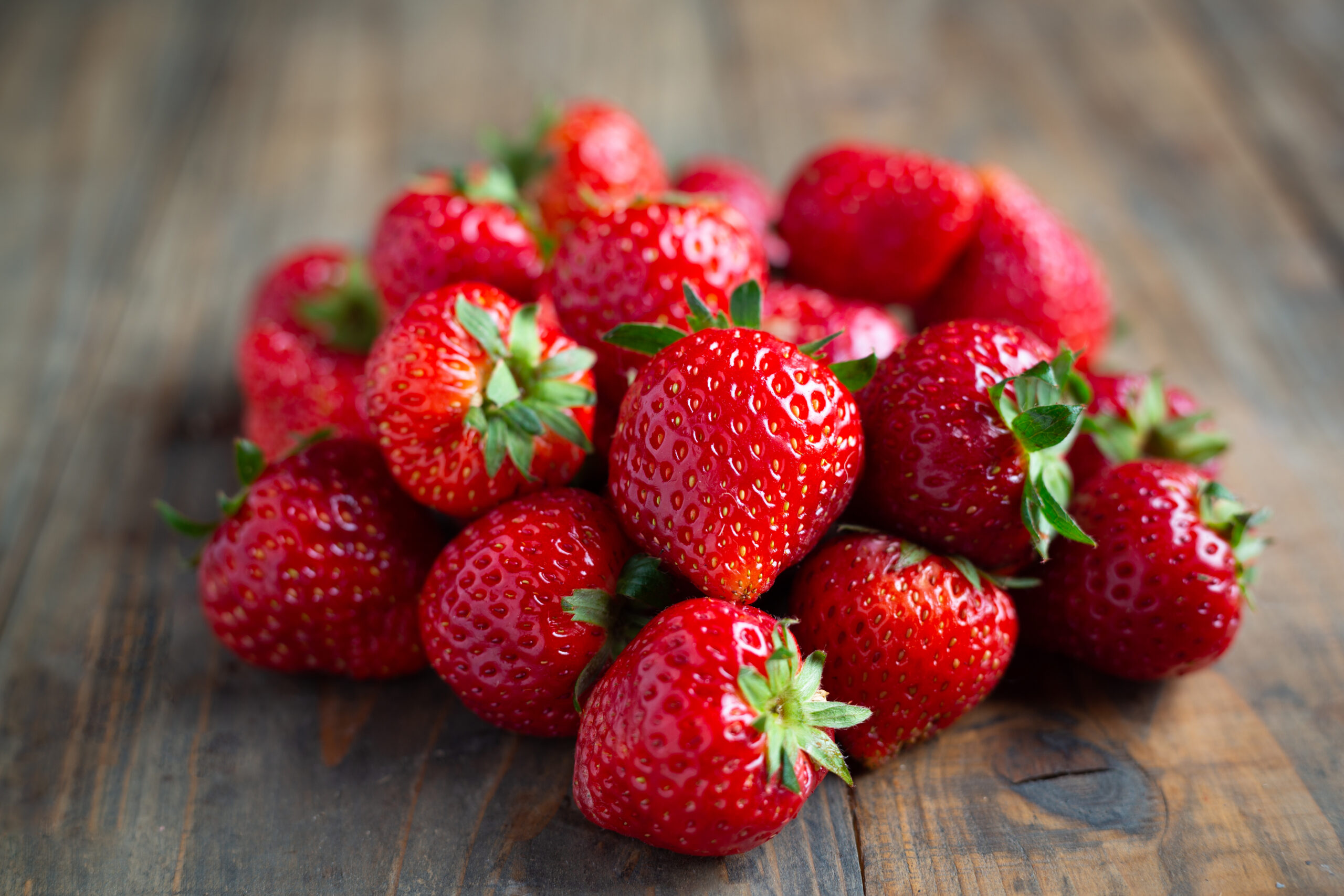🌍 The Global Journey of Strawberries
Strawberries have a long and fascinating history that dates back thousands of years. The first wild strawberries were found in Europe, North America, and Asia. Ancient Romans enjoyed them for their sweet taste and medicinal benefits. 🍓✨
In the 14th century, French farmers began cultivating strawberries, and by the 18th century, modern large-sized strawberries were developed through crossbreeding between North American and Chilean varieties.

The strawberry we love today, Fragaria x ananassa, originated in France in the 1700s. It quickly spread across Europe and later to the United States, where selective breeding created even larger, juicier varieties. Today, countries like the United States, Mexico, Spain, and Japan lead the world in strawberry production. 🌎🍓
The History of Strawberries in Thailand
Strawberries were introduced to Thailand in the mid-20th century. Initially, they struggled to grow in the country’s tropical climate. However, research and development led to the adaptation of Japanese and American varieties, which could thrive in the cooler highlands of northern Thailand. 🏔️🍓

In the 1960s, Thailand’s royal projects, led by King Rama IX, played a crucial role in developing strawberry farming in regions like Chiang Mai and Chiang Rai. These efforts led to the creation of Thai-specific varieties, such as Phrarachatan 80, which is well-suited to local conditions. 👑🌿
Today, Thailand’s strawberry industry is flourishing, with fresh and processed strawberries being enjoyed locally and exported to neighboring countries. Strawberry farms in the north have also become popular tourist attractions, drawing visitors to experience fruit picking and taste fresh, locally grown strawberries. 🍓🚜

Strawberries have come a long way from their wild ancestors to the juicy, cultivated varieties we enjoy today. In Thailand, dedicated research and agricultural advancements have made strawberries a successful and beloved fruit. Whether eaten fresh, in desserts, or as jams, strawberries continue to be a favorite worldwide. 🍰🍓

Leave a Reply